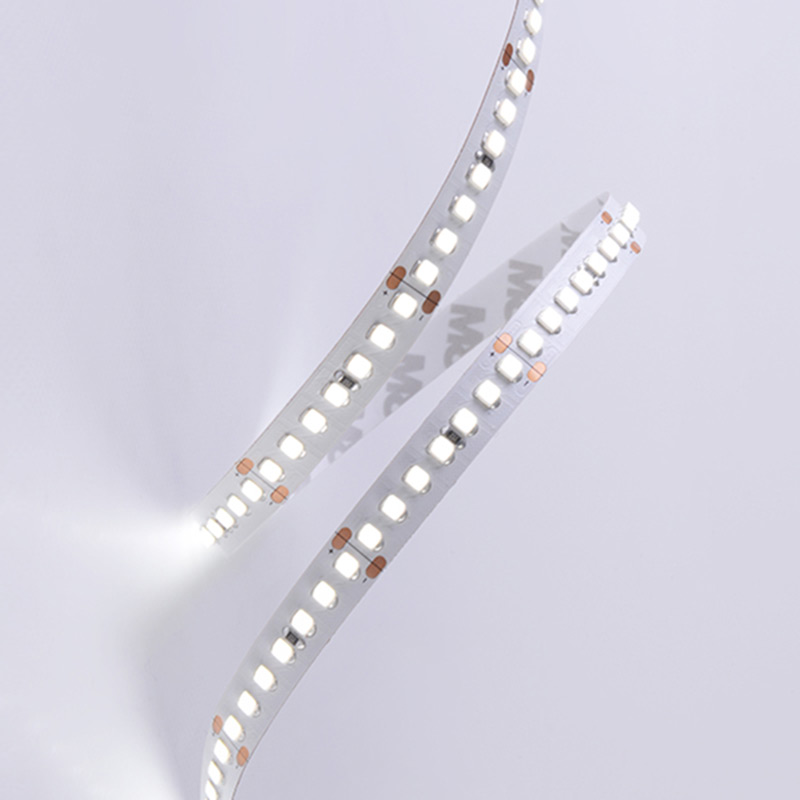
-
 Afrikaans
Afrikaans -
 Albanian
Albanian -
 Amharic
Amharic -
 Arabic
Arabic -
 Armenian
Armenian -
 Azerbaijani
Azerbaijani -
 Basque
Basque -
 Belarusian
Belarusian -
 Bengali
Bengali -
 Bosnian
Bosnian -
 Bulgarian
Bulgarian -
 Catalan
Catalan -
 Cebuano
Cebuano -
 Corsican
Corsican -
 Croatian
Croatian -
 Czech
Czech -
 Danish
Danish -
 Dutch
Dutch -
 English
English -
 Esperanto
Esperanto -
 Estonian
Estonian -
 Finnish
Finnish -
 French
French -
 Frisian
Frisian -
 Galician
Galician -
 Georgian
Georgian -
 German
German -
 Greek
Greek -
 Gujarati
Gujarati -
 Haitian Creole
Haitian Creole -
 hausa
hausa -
 hawaiian
hawaiian -
 Hebrew
Hebrew -
 Hindi
Hindi -
 Miao
Miao -
 Hungarian
Hungarian -
 Icelandic
Icelandic -
 igbo
igbo -
 Indonesian
Indonesian -
 irish
irish -
 Italian
Italian -
 Japanese
Japanese -
 Javanese
Javanese -
 Kannada
Kannada -
 kazakh
kazakh -
 Khmer
Khmer -
 Rwandese
Rwandese -
 Korean
Korean -
 Kurdish
Kurdish -
 Kyrgyz
Kyrgyz -
 Lao
Lao -
 Latin
Latin -
 Latvian
Latvian -
 Lithuanian
Lithuanian -
 Luxembourgish
Luxembourgish -
 Macedonian
Macedonian -
 Malgashi
Malgashi -
 Malay
Malay -
 Malayalam
Malayalam -
 Maltese
Maltese -
 Maori
Maori -
 Marathi
Marathi -
 Mongolian
Mongolian -
 Myanmar
Myanmar -
 Nepali
Nepali -
 Norwegian
Norwegian -
 Norwegian
Norwegian -
 Occitan
Occitan -
 Pashto
Pashto -
 Persian
Persian -
 Polish
Polish -
 Portuguese
Portuguese -
 Punjabi
Punjabi -
 Romanian
Romanian -
 Russian
Russian -
 Samoan
Samoan -
 Scottish Gaelic
Scottish Gaelic -
 Serbian
Serbian -
 Sesotho
Sesotho -
 Shona
Shona -
 Sindhi
Sindhi -
 Sinhala
Sinhala -
 Slovak
Slovak -
 Slovenian
Slovenian -
 Somali
Somali -
 Spanish
Spanish -
 Sundanese
Sundanese -
 Swahili
Swahili -
 Swedish
Swedish -
 Tagalog
Tagalog -
 Tajik
Tajik -
 Tamil
Tamil -
 Tatar
Tatar -
 Telugu
Telugu -
 Thai
Thai -
 Turkish
Turkish -
 Turkmen
Turkmen -
 Ukrainian
Ukrainian -
 Urdu
Urdu -
 Uighur
Uighur -
 Uzbek
Uzbek -
 Vietnamese
Vietnamese -
 Welsh
Welsh -
 Bantu
Bantu -
 Yiddish
Yiddish -
 Yoruba
Yoruba -
 Zulu
Zulu
parts of the drum brake
Understanding the Parts of the Drum Brake A Comprehensive Overview
Drum brakes have been a fundamental component of automotive braking systems for many years. They are particularly prevalent in older vehicles and in some newer models, particularly in the rear braking systems. Understanding the various parts of a drum brake is essential for anyone interested in automotive mechanics or looking to gain insight into their vehicle's braking system.
At the core of the drum brake system is the brake drum itself, which is a cylindrical component attached to the wheel hub. Made of cast iron or a similar durable material, the brake drum rotates with the wheel. When the brakes are applied, friction is created between the lining of the brake shoes and the inner surface of the drum, slowing down the vehicle. The drum’s robust material ensures it withstands the heat generated during braking while providing a surface for effective friction.
Understanding the Parts of the Drum Brake A Comprehensive Overview
A crucial part of drum brakes is the wheel cylinder, which is a hydraulic component that plays a vital role in activating the brake shoes. When the driver presses the brake pedal, brake fluid is sent through the brake lines to the wheel cylinder, causing its pistons to move outward. This movement pushes the brake shoes against the inner surface of the drum, generating the necessary friction to slow down or stop the vehicle.
parts of the drum brake

Alongside the wheel cylinder, the return springs and hold-down springs are essential components. The return springs pull the brake shoes back into their resting position when the brake is released, ensuring that they do not drag against the drum and cause unnecessary wear. The hold-down springs work in conjunction with pins and clips to keep the brake shoes securely in place within the drum assembly, providing stability during operation.
Adjusters are also integral to the drum brake system. Located between the two brake shoes, the adjuster compensates for wear on the friction material over time. As the brake shoes wear down, the adjuster maintains the proper distance between the shoes and the drum, ensuring optimal performance and enhancing safety.
Lastly, the backing plate provides a rigid frame to which all these components are mounted. It serves as a support structure that houses the brake shoes, wheel cylinder, and springs. This plate is typically made of stamped metal and is designed to withstand the forces generated during braking while providing a surface for assembly.
In summary, the drum brake system consists of several key components, each playing a crucial role in the vehicle’s braking efficiency. From the brake drum and shoes, which create friction, to the wheel cylinder that activates the braking mechanism, and the various springs that maintain shoe position, each part contributes to the system's overall function. Understanding these parts not only aids in maintaining a vehicle's braking system but also empowers drivers and mechanics alike to recognize potential issues and improve overall safety. Whether for routine maintenance or troubleshooting, knowledge of the drum brake components provides an invaluable foundation in automotive care.
-
What Are Drum BrakesNewsJul.07,2025
-
Understanding Brake Drum MaterialNewsJul.07,2025
-
Semi-Trailer Brake Drum: A Key Component for Extreme Loads and Long-Distance TransportNewsJul.07,2025
-
Drum Brake Pads for SaleNewsJul.07,2025
-
Brake Drums for SaleNewsJul.07,2025
-
Brake Drum ManufacturerNewsJul.07,2025
-
Aluminum Brake Drums: The Future of High-Performance CarsNewsJul.07,2025
